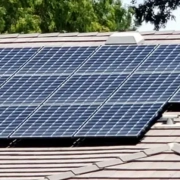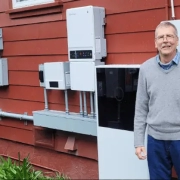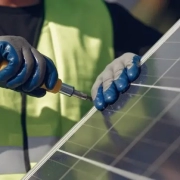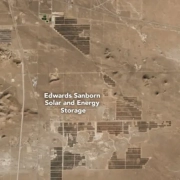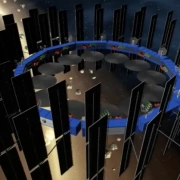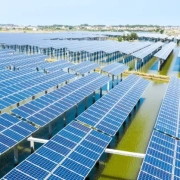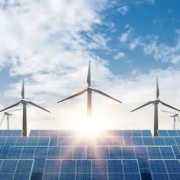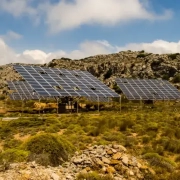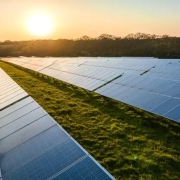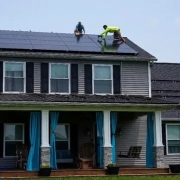Fremont is the first city in the nation to receive a Platinum Designation for advancing solar energy. The distinction is a result of the national SolSmart program, recognizing exceptional achievements in advancing solar energy use at the local level.
Fremont is one of over 500 cities, towns, and regional organizations that have achieved SolSmart designation for their solar energy leadership but is the first to achieve the new Platinum level.
“Fremont’s achievement of the SolSmart Platinum designation marks a significant milestone in our commitment to a sustainable and clean energy future,” said Fremont Mayor Lily Mei. “By actively promoting the adoption of renewable energy and streamlining the solar permitting process, we are empowering our community to reduce our community-wide greenhouse gas emissions and advancing our vision towards a climate ready Fremont. This remarkable designation is a credit not only to our dedicated City staff but also to the unwavering commitment and active participation of our incredible community. Together, we stand proud of this extraordinary achievement, which showcases the collective effort and shared vision of a brighter, greener future for all.”
Click here to read the full article
Source: Patch
—
If you have any questions or thoughts about the topic, feel free to contact us here or leave a comment below.

